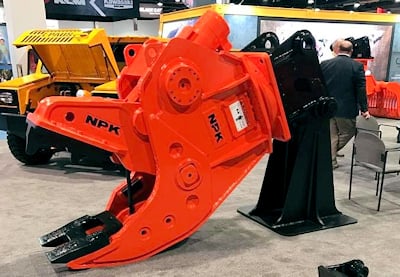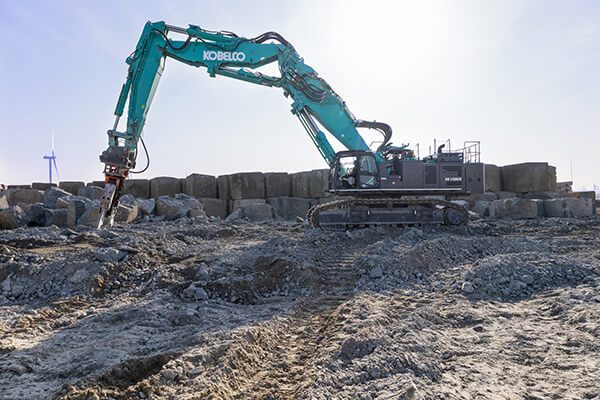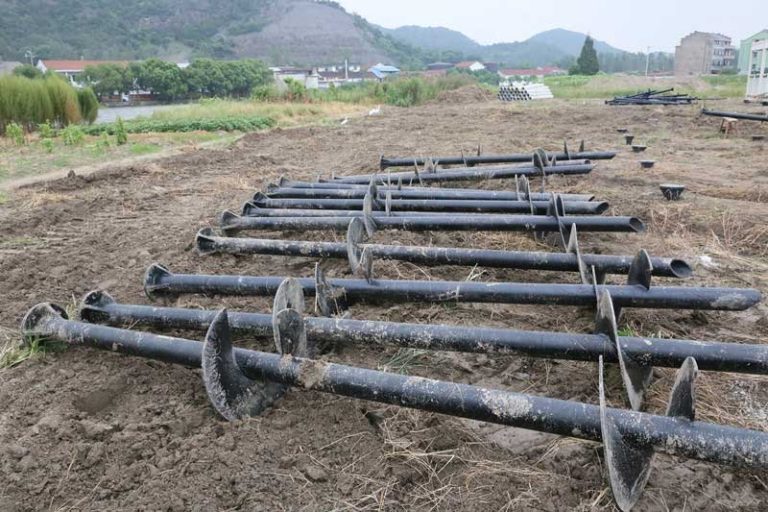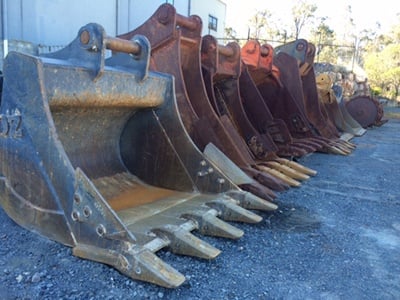Guide to Heavy Equipment Maintenance
Your heavy equipment must perform in challenging environments that can take a toll on its parts and components. Regular maintenance is essential for keeping your fleet on the job and functioning at a high level. Timely service can also help you detect and correct minor mechanical issues before they become expensive repair headaches.
At H.O. Penn Machinery, we’ve been an authorized Cat® equipment dealer since 1933. We operate six full-service locations in New York and Connecticut to help businesses like yours maintain their machinery and extend its life span. We can also provide reliable advice to make preventive maintenance as easy and hassle-free as possible.
Jump To Sections:
- How to Maintain Heavy Equipment
- Inspect the Machine
- Do a Machine-Specific Check
- Inspect the Engine
- Inspect the Cab
- Heavy Equipment Maintenance Best Practices
- Follow the Manufacturer’s Recommendations
- Keep Accurate Records
- Know the Warranty Requirements
- Keep a Parts Supply Available
- Train Your Crews
- Monitor the Costs
- Where to Get Reliable Preventive Maintenance Assistance
How to Maintain Heavy Equipment
Use the following heavy equipment preventive maintenance checklist to guide your fleet service practices and ensure you cover all the bases.
1. Inspect the Machine
A regular top-to-bottom and front-to-back inspection, preferably before each use, can ensure the machine is safe and ready to perform. In most cases, the operator can perform the check, although a trained service technician should also do a periodic assessment.
This inspection should include the lights and brakes to ensure the machine is safe to operate. Examine the body and exterior for signs of damage, such as cracked or chipped windows, dents and loose parts. Check the fuel, oil, coolant and hydraulic fluid and refill them if necessary. If you’re using attachments, make sure they’re connected correctly and functioning properly.
2. Do a Machine-Specific Check
Since each equipment type uses unique components, you’ll need to tailor the inspection process for each machine in your fleet. For example, a wheeled model will require a check of the tires to ensure they’re inflated properly and aren’t showing signs of wear.
If you’re operating tracked equipment, the undercarriage needs extra attention because the constant ground contact causes additional wear and tear. If the machine has metal tracks, verify the condition of the links and shoes. Rubber tracks require a check of the track, tension and torsion axles.
3. Inspect the Engine
An unexpected engine failure can sideline your equipment for an extended period and put your projects behind schedule. You can prevent this situation from occurring by performing regular engine checks.
Besides checking the fluids, this process should include inspecting the various engine compartment components. An air filter showing any signs of clogging should be replaced, as filter buildup impedes airflow and could hinder the engine’s ability to generate sufficient power and torque. Check the battery connections to ensure they’re secure and examine the belts and hoses for cracks and leaks.
4. Inspect the Cab
The machine’s cab should be comfortable and enable the operator to move freely. The mirrors should be properly positioned based on the operator’s preferences. It’s also important to clean the windshield and windows to ensure a clear field of vision. The seat should be in good condition and not have any rips or tears. All safety components, including seat belts, grab bars, handles and steps, should be in proper working order. A correctly functioning fire extinguisher is another essential in-cab item.
Heavy Equipment Maintenance Best Practices
Adhering to these best practices can help you get the most out of your maintenance efforts and reduce equipment operating costs.
1. Follow the Manufacturer’s Recommendations
Every reputable manufacturer provides a planned maintenance schedule that details the specific tasks to perform at designated intervals. Sticking to these guidelines is the best way to ensure your fleet receives timely service. You can usually find this information in the machine’s owner’s manual or from an authorized dealer.
2. Keep Accurate Records
Recording all maintenance-related activities allows you to keep track of your efforts, reduces the likelihood of missing vital steps and helps you stay on schedule. If you decide to trade in or sell the equipment, this information is useful to potential owners who want assurance that the machine has received regular service. If you have a larger fleet, software is available that simplifies the maintenance management process.
3. Know the Warranty Requirements
Is your equipment still under warranty? Most manufacturers have specific guidelines that owners must follow to keep the coverage intact. For instance, you may need to have a certified provider handle maintenance and repairs. Some manufacturers may only allow genuine OEM replacement parts — using aftermarket products could void the warranty. It’s crucial to read and understand the document when you purchase the equipment.
4. Keep a Parts Supply Available
Speaking of parts, having an inventory of frequently used replacement products on hand can bolster your maintenance efforts. You won’t have to make an unplanned trip to the parts store if the machine develops a sudden need, allowing you to minimize unproductive downtime by making prompt repairs. You’ll also avoid waiting for a supplier to fill a much-needed order. Keeping to a regular maintenance schedule is easier and more convenient when you already have what you need to handle the job.
5. Train Your Crews
Your operators have more exposure to your fleet than anyone else because they use the machines every day. Instructing them on what to look for from a maintenance perspective can be invaluable to your business. They can bring anything that seems abnormal to your attention promptly, often when an issue is still in the early stages. Your technicians can then address and correct the problem before it escalates.
6. Monitor the Costs
As your equipment ages, its maintenance needs will increase accordingly. Knowing how much you’re spending on maintenance and comparing it to the machine’s present value can help you decide when to part ways with a member of your fleet. You’ll avoid holding on to an underperforming, cost-prohibitive unit for too long.
Where to Get Reliable Preventive Maintenance Assistance
H.O. Penn can remove the burden of maintaining heavy equipment from your shoulders. Our Customer Value Agreements and other service agreements make taking care of your fleet more convenient and affordable. We also carry a vast inventory of replacement parts for your do-it-yourself maintenance and repair projects.
Contact us for more maintenance tips and advice or to schedule a service appointment today.
Contact Us Find a Location



